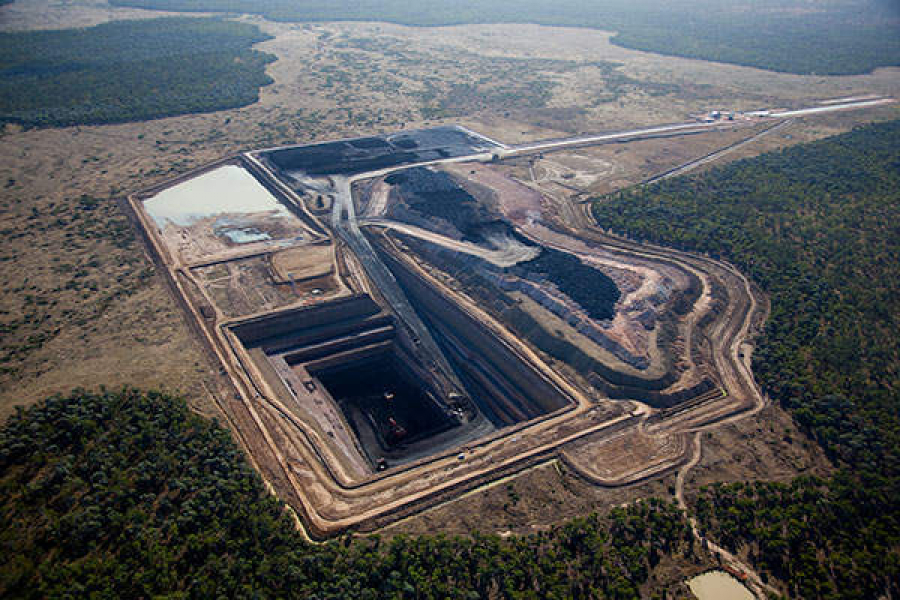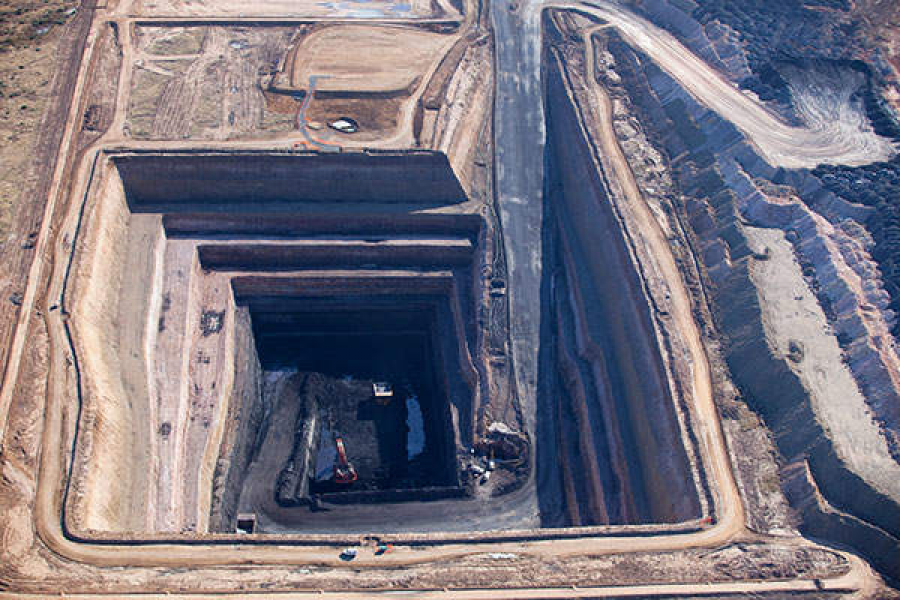What is a Boxcut?
In mining terms, a boxcut (also written box cut, box-cut) is the first shallow excavation which serves several purposes in both open cut and underground mining operations, coal and hardrock alike.

Contents
Overview of Boxcuts
Boxcuts are typically constructed for the following purposes:
- Bulk sample pits in open cut coal deposits
- Underground access to coal and mineral deposits
Boxcuts for Open Cut Mine Development
Boxcuts are optimally located along the limit of oxidation (LOX) line, where fresh, unoxidised coal can be recovered by conventional open cut methods, typically by truck and excavator. This area also often coincides with the lowest stripping ratio (i.e., amount of non-coal overburden to coal ratio), which creates critical cashflow for most start-up mines.
As an extension of their purpose to open up a new deposit, boxcuts can also serve as a “bulk sample pit” for feasibility-stage coal projects.
Examples of Boxcuts for Open Cut Mining
1. Alpha Coal Project
As part of the bankable feasibility study (BFS) phase of GVK Hancock’s Alpha Coal Project, a bulk sample pit boxcut was excavated for thermal coal quality testing and trial mining by Thiess in 2010-2011.
The 'Alpha Test Pit' boxcut was excavated using truck and excavators, and the thermal coal recovered was the first coal to be mined in the previously greenfield Galilee Basin.

Boxcuts for Underground Mine Access
Boxcuts are also commonly used in both coal and hard rock mining operations to provide access to underground mining operations. Shallow boxcuts are excavated until fresh, competent ground conditions are met. This allows critical mine access infrastructure such as portals and drifts/declines to be constructed, providing safe passage for equipment, personnel, and other infrastructure from the mine surface to the underground development and production areas.
Examples of Boxcuts for Underground Mine Access
Examples of boxcuts excavated for underground mine access and infrastructure include:
1. Ironbark No. 1 Coal Mine
Fitzroy Australia Resources' Ironbark No. 1 Coal Mine is located approximately 35 km northeast of Moranbah in the Bowen Basin, Central Queensland. Fitzroy plan to mine the Leichhardt Seam (Permian-aged Rangal Coal Measures) via longwall and bord-and-pillar methods.
Golding Contractors commenced development of the surface-to-underground infrastructure in early 2022, comprising a boxcut, and twin portals and drifts to access the hard coking metallurgical coal reserves over the next 25 years.

2. Thalanga Zinc Mine
Thalanga Zinc Mine is located approximately 60 km west of Charters Towers, Queensland. Originally discovered in 1975, production commenced in 1989 via both open pit and underground operations. After several periods of inactivity and care & maintenance, Red River Resources acquired Thalanga Mine in 2014.
Contract miners, PYBAR Mining Services, fired the first blast of the boxcut at Thalanga in May 2018, which facilitated construction of a portal and decline to the Far West deposit - the main source of ore for the Thalanga Mill until Red River Resources' develops the Liontown deposit.
BOXCUT
Get your mining services discovered by mining companies, faster.